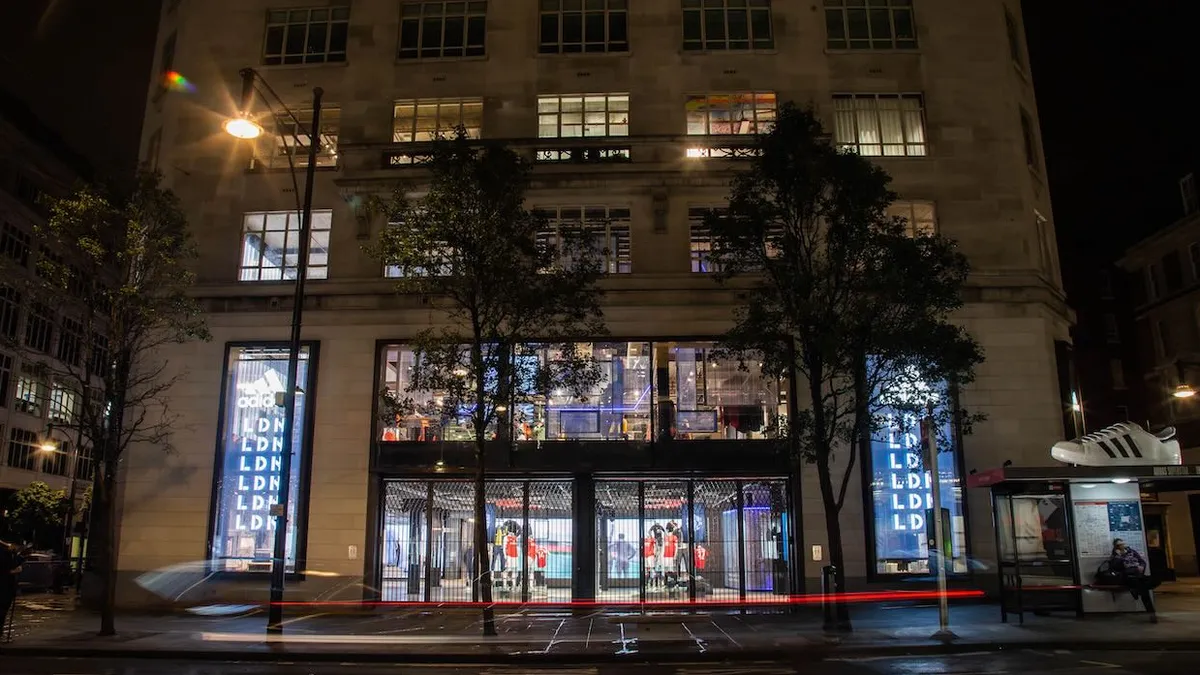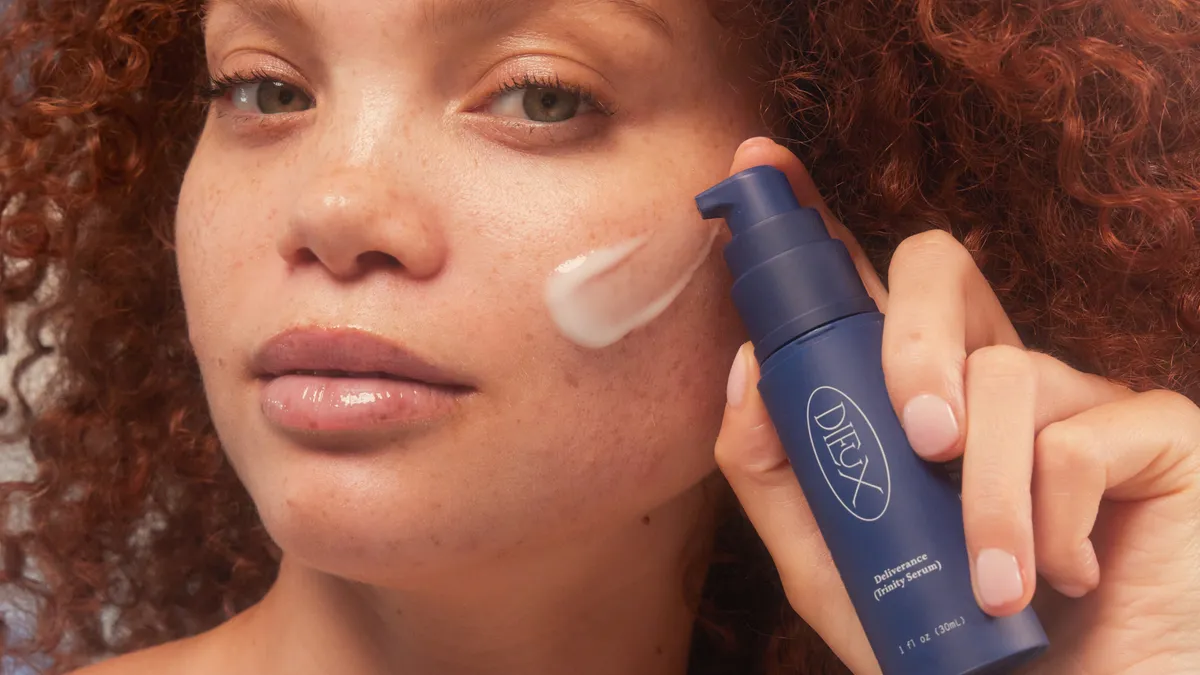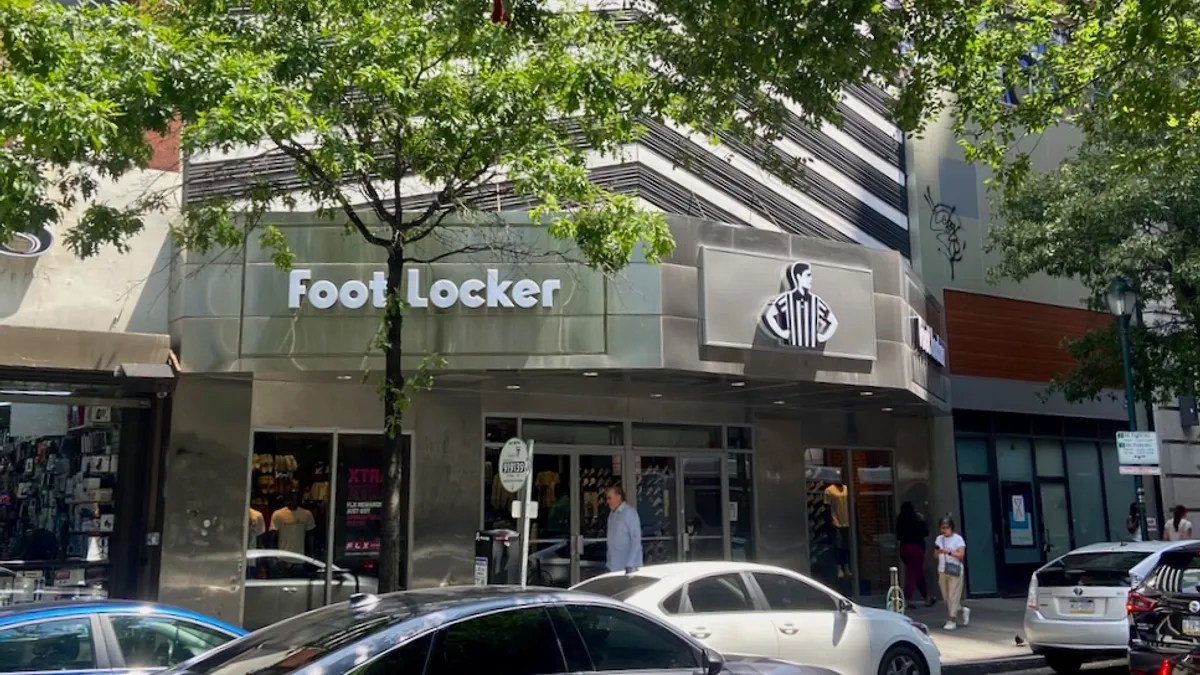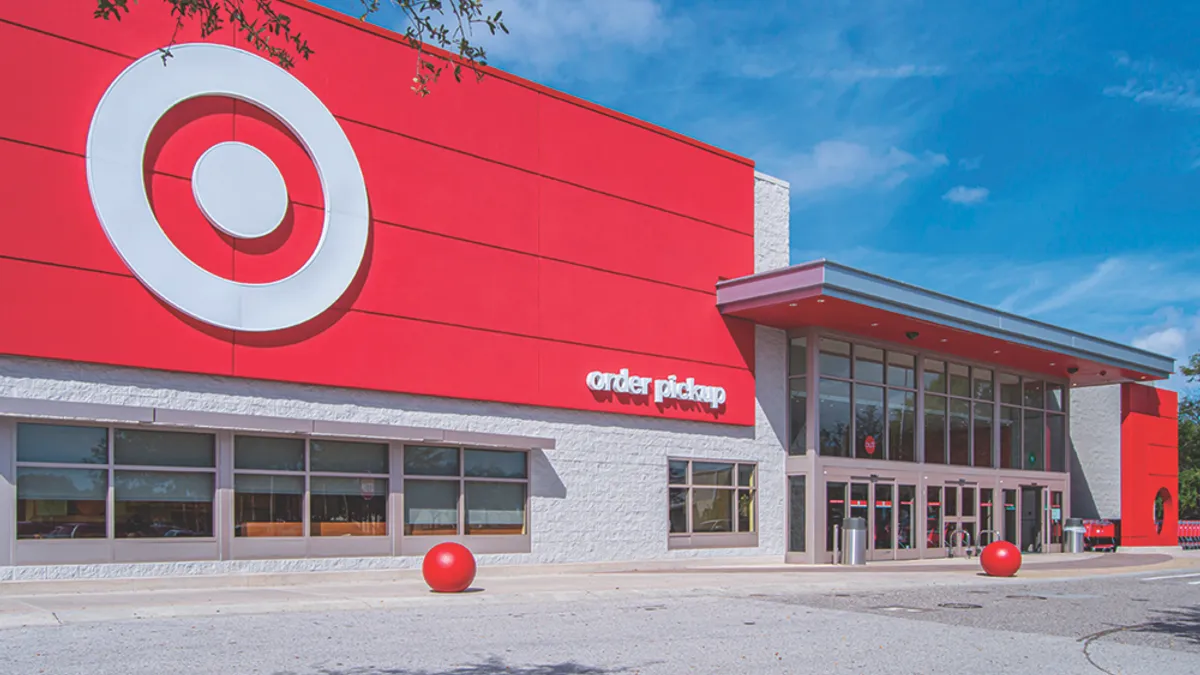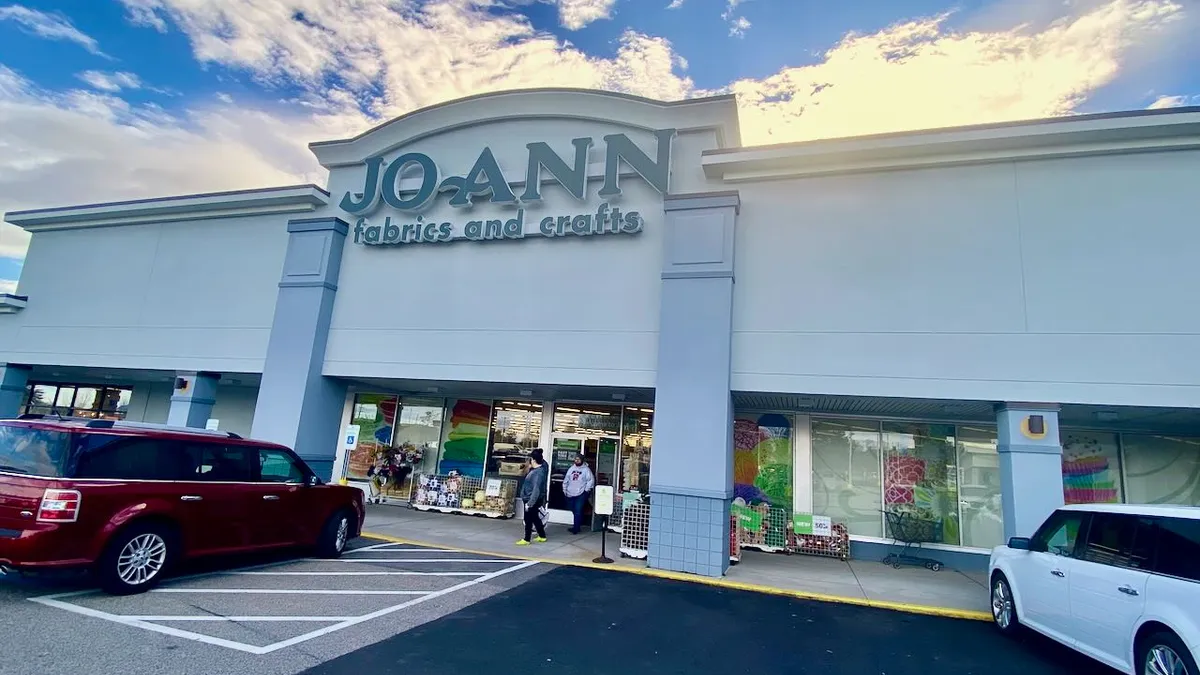Bed Bath & Beyond’s June acquisition of One Kings Lane could be viewed as union of two retail models sliding into oblivion. First, the over-stored brick-and-mortar retailers, overwhelmed by online competition and changing consumer spending. Then, flash-sale websites, rapidly shuttering after being unable to live up to their investors' expectations.
Bed Bath & Beyond, once a favorite go-to for bedding and home goods, for years enjoyed healthy net profits margins around 10%. These days, its 20th century approach, based largely on stores and goods that have become commodities, has the retailer stalling with no sales growth in its latest quarter. The retailer has suffered negative sales growth for seven of the last eight quarters and a share price decline of 36.4% between Dec. 2014 and 2015, according to PYMNTS. Although the retailer is finally catching up in e-commerce, the 20% and higher digital sales growth that showed up in its last three quarters included lower margins.
The opportunity for Bed Bath & Beyond to capitalize on the acquisition depends on creativity and a lot of work, experts told Retail Dive, and at the moment there’s no clue about the next steps for this partnership. (Neither One Kings Lane nor Bed Bath & Beyond replied to requests from Retail Dive for more information about their plans.) Regardless, the partnership makes sense to many.
“From a brand perspective, One Kings Lane brings a lot,” says Jaimee Minney, VP of marketing and public relations at Slice Intelligence. “There is definitely a lot of synergy. Bed Bath & Beyond has been king of getting people getting into their stores. So [they'll do well] if they can parlay [One Kings Lane's] e-commerce expertise that could help them with competitors like Overstock and Wayfair, but also other competitors that have strong online sales.”
Inventory management
Some observers are pointing at the deal’s “not material” purchase price as another nail in the flash-sales coffin. As Fortune’s Dan Primark speculated on Twitter, considering Bed Bath & Beyond has less than $600 million cash on hand, that makes the price for One Kings Lane likely a pittance compared to the nearly $1 billion valuation it approached just a few years ago.
One Kings Lane’s original valuation may have been inflated, and the high costs of pure-play e-commerce, as Nick Egelanian, president of retail development consultants SiteWorks International, notes, are likely keeping profits out of its reach. But that needn’t necessarily reflect on the flash sales model, which is actually a productive way of managing inventory because they provide a channel to clear out excess merchandise at promotional prices, experts say.
Flash sales can also be a portal for discovery, plus their utility in moving excess inventory in a well-targeted way could continue to make the concept attractive to other retailers, even if it isn’t strong enough to stand alone, RSR Research analyst Nikki Baird told Retail Dive earlier this year.
Claude de Jocas, group director at business intelligence and research firm L2, agrees.
“I don’t think there’s anything fundamentally unhealthy about the flash sales model, I think it’s really a channel question,” de Jocas told Retail Dive. “Sometimes the [venture capital] funding has obscured the weaknesses of pure-play e-commerce and allowed these folks to continue operating and overspending on consumer acquisitions without having to worry about profitably or follow the standards as a public traded company. In the absence of that funding I think the flaws in the business model are showing up.”
Plus, say Egelanian and Minney, Bed Bath & Beyond’s more traditional logistical network could help One Kings Lane with one of its biggest headaches—fulfillment.
“The big challenge, unique to e-commence, is how best to maximize the shipping and handling aspect,” Minney. “When you have gigantic stores you don’t have to think about it as much. But you’re always competing against Amazon.”
Consider TJX Cos.’s 2013 acquisition of Sierra Trading Post, a catalog and online retailer that Egelanian says held technology and merchandise know-how that the off-price retail company prizes. Sierra Trading Post is now a thriving part of TJX’s business, according to TJX CEO Ernie Herman, who earlier this year said that the line could become the company's "fourth major chain in the U.S. and Canada." The brand is also widely seen by others, including Egelanian and Brixmor Property Group interim CEO Dan Hurwitz, as a growth area that, as of 2014, also now includes physical stores.
Brick-and-mortar plans
Beyond flash-sales, One Kings Lane's ability to curate and move inventory, combined with the strengths of Bed Bath & Beyond’s 1,500 brick-and-mortar stores, could bode well for both retailers, says de Jocas.
Bed Bath & Beyond acquired artisanal home goods e-retailer Of a Kind in mid-2015. Other brands include Christmas Tree Shops, buybuy BABY and Cost Plus World Market.
Many experts that spoke to Retail Dive speculated that One Kings Lane could become a store-within-store concession within Bed Bath & Beyond stores, or operate as stand-alone stores. De Jocas notes that even before Bed Bath’s acquisition, One Kings Lane had opened up studio spaces and begun to experiment with design consultation services. Bed Bath and Beyond, though they don’t offer such services now, could provide the opportunity to bring such efforts to scale, she said.
“Many think that opening a store is a great marketing opportunity. The thing that we have really seen in our research, any time one of these online-only players opens a store, there’s a tangible lift in consumer awareness of the brand, and many startups neglect that,” de Jocas says. “Not only is that true, but these stores can also be profitable, very successful ventures—even in some of the most competitive areas of the world—and I think that’s been a bit of a surprise for some of these founders.”
Marketing savvy
One Kings Lane also has a treasure trove of customer-contributed data that has made customers sticky, according to Dan Buckstaff, VP of marketing at Jetlore, which has worked with the e-retailer on personalization and individualized content.
Beyond One King’s Lane nicely designed product pages, the retailer also provides content on its site that includes visits to celebrity homes and other well appointed in-real-life rooms. This content has elevated the retailer into something like an aspirational lifestyle magazine—something Bed Bath & Beyond could use to woo customers.
“We consider One Kings Lane a leader in using great content to inspire their customers,” Buckstaff told Retail Dive. “Because of [that], they have a lot of engagement with their customers.
“One thing that we’ve seen is an increased interest from traditional retailers in trying to understand sophisticated email programs. So a very sophisticated marketer like One Kings Lane could be paired to drive in store traffic. It’s not designed to drive just online sales but to drive customer engagement, on the channels the customer chooses.”
One is better than two
Looking at the two retailers’ customers also reveals opportunities that neither company would be privy to on its own, says Andy Mantis, EVP of NPD Group’s data service Checkout Tracking, which measures consumer buying behavior. Many observers are looking at Bed Bath and Beyond’s purchase of trendy One Kings Lane as a lifeline to help it evolve to an omnichannel retailer that gives its customers a reason to keep away from Amazon.
“Both your One Kings Lane shopper and Bed Bath & Beyond shoppers will [overlap] at a Nordstrom,” Mantis told Retail Dive. But One Kings Lane shoppers also overlap with Gilt Groupe, “so we know they’re looking for a good deal.”
Mantis said that Checkout Tracking’s numbers indicate opportunities for a combined effort to maximize Bed Bath & Beyond’s appeal to millennials, many of whom are now old enough to be buying their first homes but remain financially prudent and open to creative retail environments.
“If we look at life events impacting their spend, that transition from dorm room to buying your first house, that’s a huge opportunity for the brands that get it right, if they’re picking them up at the dorm stage, as millennials get into homes and family,” Mantis said. “Millennials are brand- and price-conscious and will go out of their way to shop at various retailers.”
With Bed Bath & Beyond already a go-to retailer for college dorm rooms and first apartments, One Kings Lane, then, could help the company keep those shoppers around as they upgrade to better digs.
While it may be true that retailers are “always competing against Amazon,” Mantis also says that One Kings Lane buyers tend to give a smaller percentage of their overall spend to the e-retail giant. That could be the nature of One Kings Lane’s inventory, which includes mostly big-ticket furniture items, compared to Amazon’s, which also includes a host of smaller-bore products.
“But I think that’s both right now either an opportunity or at least a ‘protect and defend’ because Amazon has been making inroads across most categories,” he said. “You don’t usually see a group buying less at Amazon. It’s a really good opportunity for them.”
Considering the strengths of both companies, and the challenges that are hitting them both hard and leaving them vulnerable to competitors, they’re likely better off now that they’re together.










